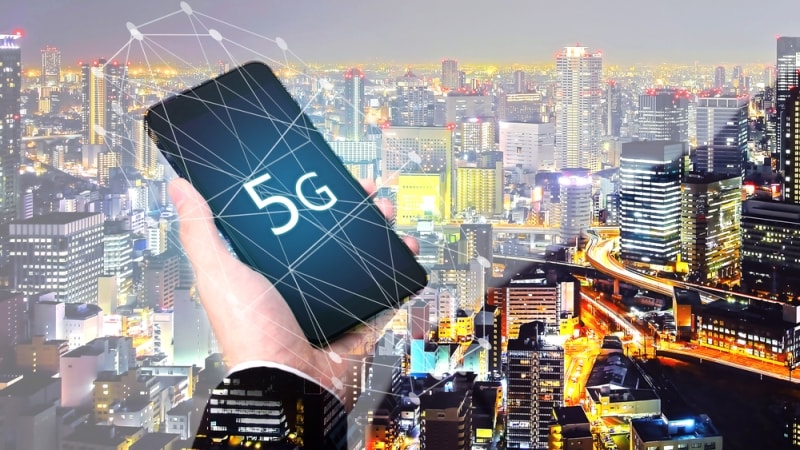
Federal and local government officials are licking their chops over a wide variety of new services – and improvements on existing ones – that 5G wireless infrastructure and services will allow them to bring to citizens, but also cautioned that a lot of work remains to be done on the to get to those goals.
“5G is a high priority for us … as a catalyst in providing IT modernization and delivering citizen services,” said Kevin Gallo, Director of the Solutions Development Division in the Office of Telecommunications for the Office of Information Management Category in the General Services Administration’s Federal Acquisition Service, during a panel discussion at ACT-IAC’s Emerging Technology Forum today.
Gallo spoke about the longer-term horizon for 5G-enabled services including “ones that we don’t even know about yet.” Among the hoped-for benefits are driving edge-computing capabilities helped by the very low latency of 5G service, enablement of cloud capabilities “everywhere,” and the use of more AI technologies including in new security architectures.
“There is not one, or a dozen, killer apps” coming from 5G, but a much broader impact than can be anticipated currently, he said.
Bill Zielinski, CIO of the city of Dallas and formerly a senior IT acquisition official at the General Services Administration (GSA), discussed the promise of 5G services to power operation of autonomous vehicles for trash collection and other municipal uses, but also the longer-term promise of using data streams generated by the huge number of sensors that those applications will require.
“The sensor network is a rich stream of structured and unstructured data,” he said. “We are doing all of the leg work to put our hands around a data strategy” to use those data streams, he said. “We are quite excited about the potential.”
Zielinksi said 5G networks will also help the city meet demand for more online services generally, which it has already seen in the COVID-19 pandemic era. Speaking of city permitting processes that were mostly taken care of in person previously, the CIO said that “as soon as the pandemic hit, we had a shift in how permits are requested go from 20 percent online to 100 percent online nearly overnight.”
He also said that 5G and the extensive sensor networks that it requires will help Dallas address the current digital divide for broadband services “to put more access out there and extend service into areas that providers have not reached.”
“When we look at 5G, we cannot miss this opportunity to leverage that to extend capabilities into new places,” he said.
Thyaga Nandagopal, Deputy Division at the National Science Foundation (NSF), said 5G services will be groundbreaking for the internet of things (IoT) and a host of smart cities applications. On the IoT front, he said it was important to advance the cause of developing very low-power devices. Likewise, he said it was crucial to develop better security for IoT devices, and said NSF is also trying to deal with that issue.
He said NSF is taking a “big-picture approach” on securing IoT ecosystems and ensuring that code for those systems “can only function like it is meant to.”
Nandagopal credited some of the development of 5G service to work that NSF undertook beginning 12 years ago on spectrum and bandwidth issues. “We take the risks” with performing research in those kinds of areas, he said, adding, “We are looking forward to 5G, and what comes next after 5G … we are looking at some of those research problems.”
